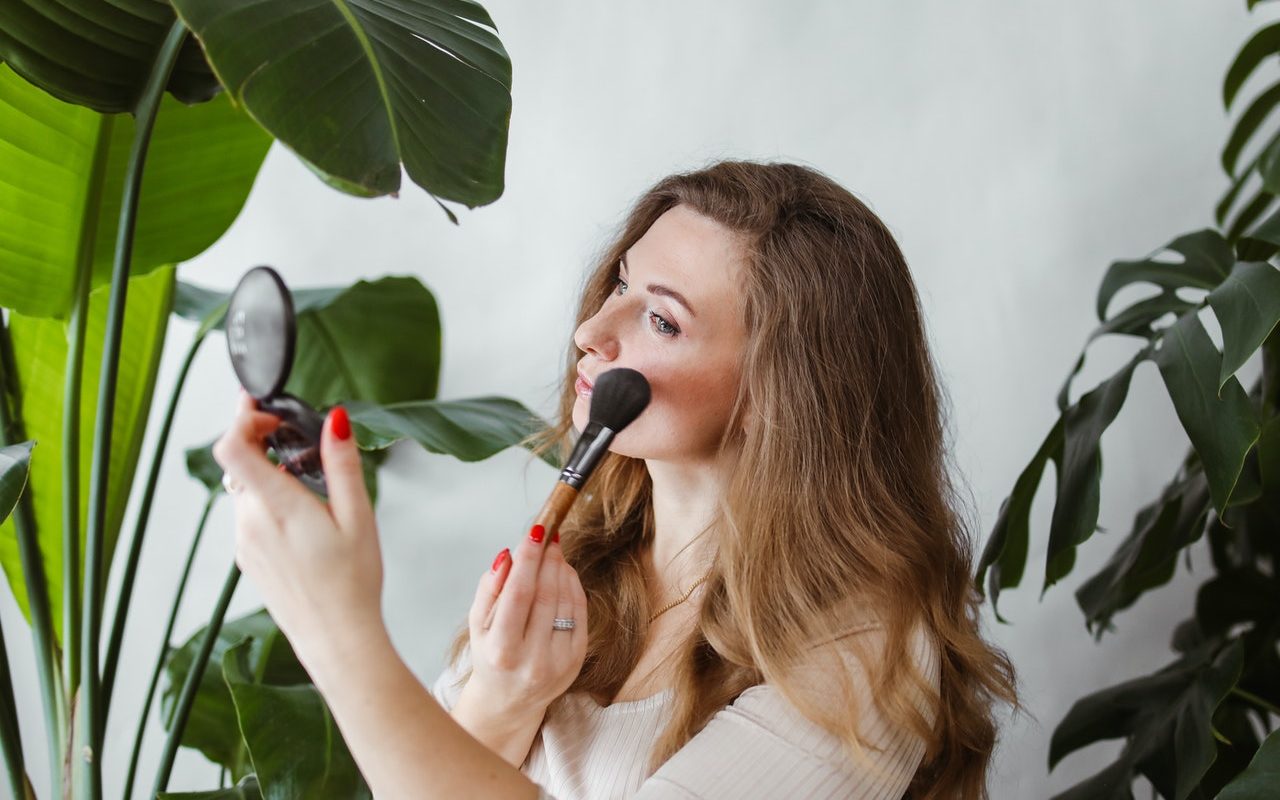Facial blushing is the involuntary reddening of the face. In most cases, the redness is triggered by emotions such as stress or embarrassment. Sometimes, there may be an underlying medical condition. The blushing originates from the upper neck, the neck’s base and goes up to the ears and forehead. Sometimes, the redness will spread to the legs and stomach. Other symptoms associated with the condition include blushing, facial sweat and a tingling and burning effect on the skin.
What Causes The Skin To Turn Red?
When the blood vessels dilate as a result of warmth, it forces more blood to the skin surface. When the blood is warm and closer to the skin, the skin will feel warm and appear reddish. Normal face flushing often occurs in a hot environment. It can be triggered by factors such as excitement and lasts for a few minutes.
Other factor such as sudden and strong emotions causes blushing. The widening of the sympathetic nervous systems causes blood vessels to widen thereby increasing blood flow to the face.
Medical conditions, certain psychological factors and triggers also results in excessive facial blushing.
Normal Blushing Vs. Abnormal Facial Blushing
Normal blushing occurs when strong emotions trigger and stimulate the nervous system. It results in widening of blood vessels in the facial area which cause the skin to redden. Normal blushing takes a few minutes and it goes away.
Abnormal facial flushing is a medical condition that is attributed to physical and psychological cases. For instance:
Generalized anxiety disorder that causes anxiety about a wide array of issues and situations.
Erythrophobia is the extreme fear of social situations and is characterized by blushing. The blushing affects the neck and the face.
Rosacea- It is a skin condition that mainly affects the skin
Menopausal women may experience skin reddening
There are certain medications e.g.tamoxifen for breast cancer that causes the skin to become red
Other possible causes of blushing include:
Consuming spicy and hot food
Alcohol consumption or taking hot drinks
Sudden temperature changes
Strenuous excising
Why some people blush more than others?
Not all chronic blushers are anxious. Some of them have more facial blood vessels that can easily vasodilates. Others have medical underlying conditions that act as a trigger.
When to Seek Medical Attention
Blushing from time to time is not a cause of concern. However, when it severe and frequent, it is important to seek medical attention. Facial blushing has a significant psychological impact on the sufferer. Anyone who feels the blushing is affecting the quality of their life, or it is caused by an underlying medical condition should see a doctor.
What Treatment Options Are Available?
In most cases, the doctor will recommend a specific treatment depending on what is causing the abnormal blushing.
Therapy
Abnormal blushing as a result of psychological causes such as social phobia or anxiety, cognitive behavioural theory or CBT is an effective treatment plan for such cases. The therapist or professional helps patients confront their fears and breathing techniques that helps them keep calm.
Medication
There are certain medications that doctors prescribe to help relieve anxiety and worry. They are known as selective serotonin reuptake inhibitors or SSRIs.
Clonidine is a popular medication that helps treat uncontrollable blushing by changing how the body reacts to naturally occurring chemicals. It helps control how the blood vessels constrict and dilate.
Some patients will receive Botox injections on the face which will temporarily paralyze the facial muscles responsible for blushing for up to six months.
Avoiding the triggers
Some of the physical causes of blushing include rosacea or menopause. The doctor may advice that the patient avoids triggers such as spicy foods and alcohol. Hormone replacement therapy or HRT helps menopausal women deal with hot flushes too.
Surgery
In some cases, a surgical intervention is the most effective treatment. The surgical procedure, endoscopic thoracic sympathectomy, helps treat severe cases. Alternatively, it is the last resort when all other treatment options fail.
The procedure has a 90 percent success rate. However, it has some possible complications such as:
l Allergic reactions to anesthesia
l Hemorrhage and infection
l Drooping eyelids following a nerve damage
Other alternative measures to treating facial blushing include:
Patients can learn to manage stress by learning to relax. Techniques such as deep breathing and meditation help calm the stimulated nervous system. It also lowers blood pressure which is associated with anxiety. Alternatively, you can try focusing on a different activity that will reduce or stop the blushing.
Having a glass of water helps cool the body and normalizes the skin color. Sometimes, placing compressed cold water on the skin helps constrict the blood vessels.
The Relationship between Anxiety and Blushing
One of the classic signs of psychological distress is blushing. Blushing occurs when we are embarrassed, anxious, sexually aroused, and self-conscious. Blushing is an embarrassing feature on its own.
People who blush too much are anxious. It is an activation of the fight or fight system designed to keep us away from danger. During such moments, the adrenaline is released into the body in preparation for action. The adrenaline works by increasing the blood flow, sweating which helps you cool down, or pupil dilation for better vision.
There are other ways the body prepares itself for fight or flight. Vasodilation has those effects since it opens the blood vessels thereby prompting increased blood flow through the veins. In the process, the blood flows to your face at a faster rate and blushing occurs.
Conclusion
Facial blushing is a normal occurrence. Blushing is a non-verbal communication form that indicates someone is afraid, excited, or embarrassed. However, some people may experience abnormal blushing as a result of psychological or existing medical conditions.
People suffering from abnormal facial blushing tend to be self-conscious and it affects their self-esteem and confidence levels. There are various treatment options for the condition ranging from therapy to surgery. The kind of treatment procedure adopted depends on the underlying cause.







